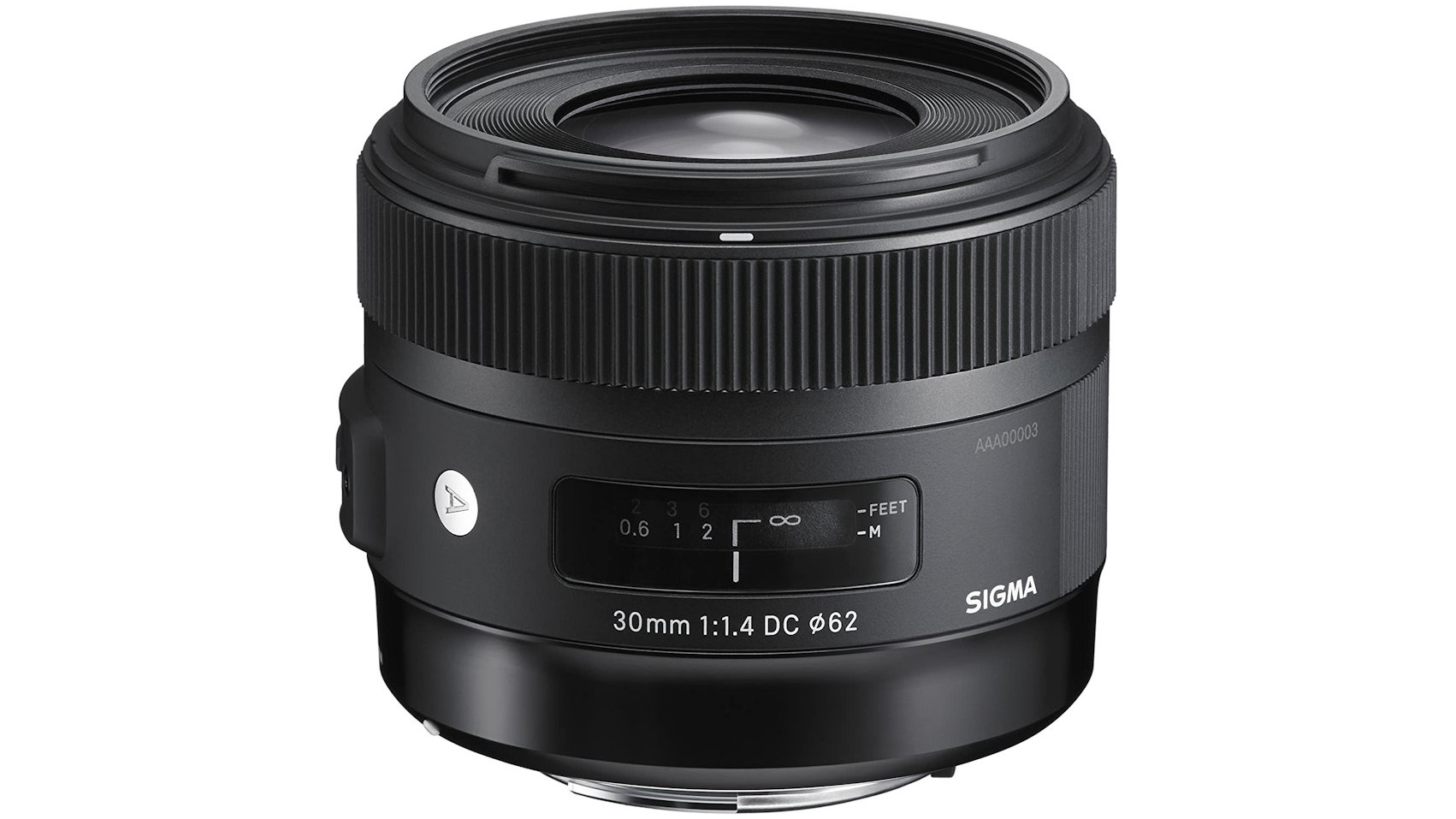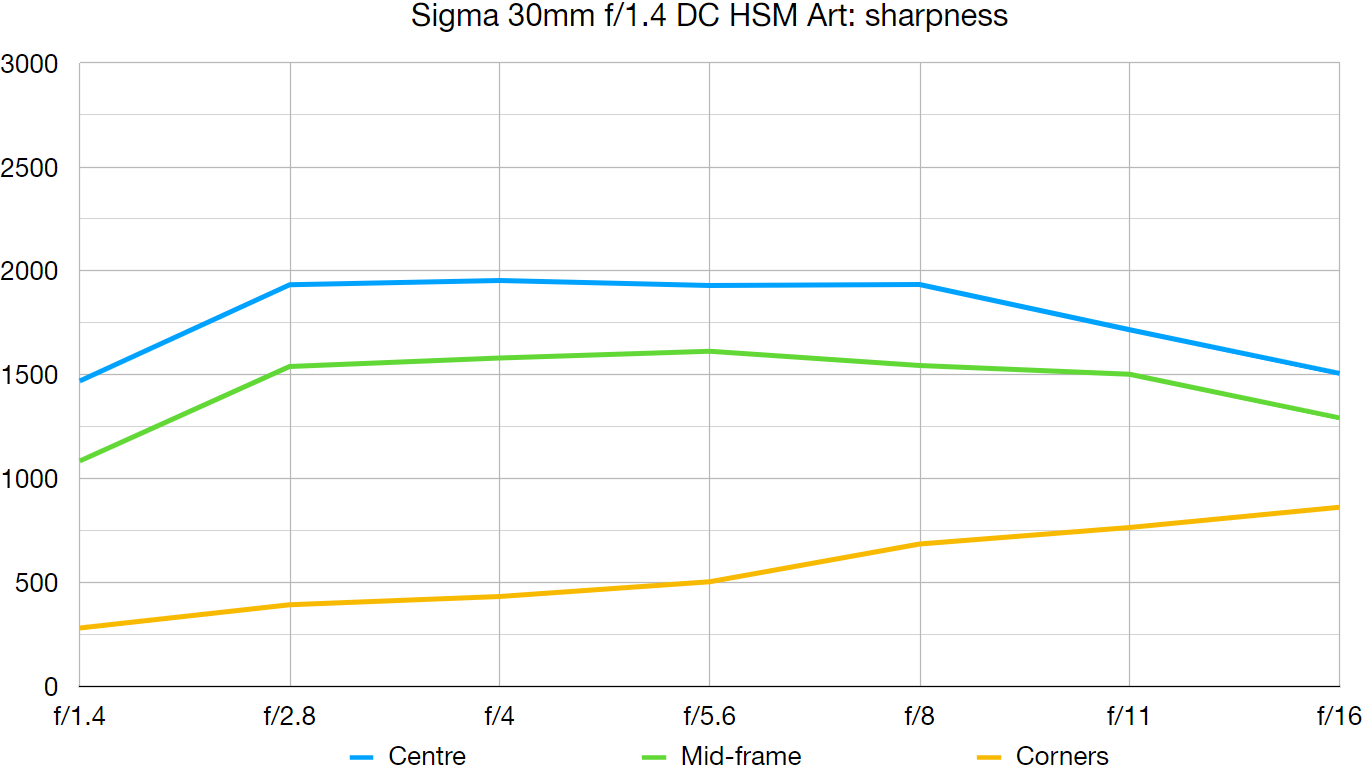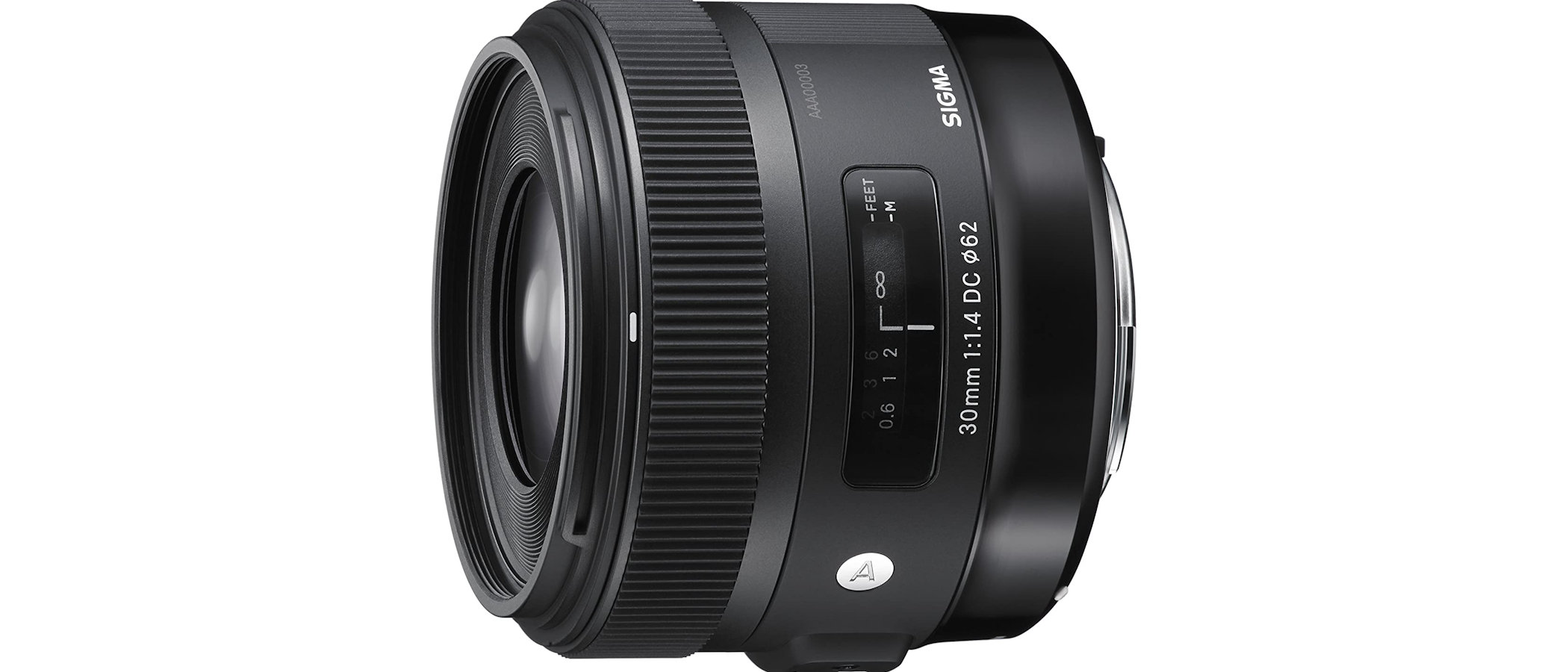Digital Camera World Verdict
Designed as a ‘standard prime’ for APS-C format DSLRs, this Sigma delivers an entirely natural viewing perspective, along with a fast f/1.4 aperture that enables fast shutter speeds under low lighting conditions and a tight depth of field. Although the lens lacks any weather-seals, overall build quality is excellent and performance is very convincing, making it very good value at the price.
Pros
- +
Very good image quality
- +
Fast f/1.4 aperture
- +
Impressive build and handling
Cons
- -
Modest autofocus speed
- -
No weather-seals
Why you can trust Digital Camera World
The APS-C format Sigma 30mm f/1.4 DC HSM Art is available in four mount options to suit Canon, Nikon and Pentax DSLRs, as well as Sigma camera bodies. It gives an effective focal length of 45mm (48mm for Canon), thus giving a standard viewing angle similar to using a 50mm lens on a full-frame camera. The fast f/1.4 aperture rating makes the lens particularly versatile.
Specifications
Mount: Canon EF, Nikon F, Pentax K, Sigma
Full-frame: No
Autofocus: Yes
Stabilization: No
Lens construction: 9 elements in 8 groups
Angle of view: 51 degrees
Diaphragm blades: 9
Minimum aperture: f/16
Minimum focusing distance: 0.3m
Maximum magnification ratio: 0.15x
Filter size: 62mm
Dimensions: 74x63mm
Weight: 435g
Key features
A scaled down version of the FX format Sigma 50mm f/1.4 Art lens, this standard prime for APS-C format cameras is less than two-thirds the physical length and barely more than half the weight. Even so, it’s twice as heavy as Nikon’s 35mm DX prime lens, mostly due to the Sigma having a faster aperture rating.
The optical path includes a double aspheric element, with the aim of optimizing image quality, with a reduction in spherical distortion, astigmatism and coma. The nine-blade diaphragm is well rounded and helps to maintain the quality of bokeh when narrowing the aperture.
Being reasonably compact, there’s not a great deal of room for the ring-type ultrasonic autofocus system. Even so, there’s the usual focus distance scale beneath a viewing window, and the availability of full-time manual override. The lens is compatible with Sigma’s optional USB Dock, for fine-tuning and the application of firmware updates.

Performance
Autofocus speed is a bit on the sluggish side and, despite only the rearward optical elements being moved during focusing, these elements are almost as big as the forward elements. Image quality is very good overall and the Sigma beats many f/1.8 lenses for ‘wide-open’ sharpness, despite being two-thirds of an f/stop faster.
Lab results
We run a range of lab tests under controlled conditions, using the Imatest Master testing suite. Photos of test charts are taken across the range of apertures and zooms (where available), then analyzed for sharpness, distortion and chromatic aberrations.
We use Imatest SFR (spatial frequency response) charts and analysis software to plot lens resolution at the center of the image frame, corners and mid-point distances, across the range of aperture settings and, with zoom lenses, at four different focal lengths. The tests also measure distortion and color fringing (chromatic aberration).
Sharpness:

Levels of sharpness remain excellent in the central region of the frame, even wide-open at f/1.4, although mid/edge-sharpness drops off a bit at this aperture.
Fringing:

Color fringing towards the edges and corners is fairly minimal and auto corrections are available in current and recent Canon and Nikon DSLRs.
Distortion: -2.13
Barrel distortion is fairly slight, even without taking advantage of in-camera correction.
Verdict
Designed as a ‘standard prime’ for APS-C format DSLRs, this Sigma delivers an entirely natural viewing perspective, along with a fast f/1.4 aperture that enables fast shutter speeds under low lighting conditions and a tight depth of field. Although the lens lacks any weather-seals, overall build quality is excellent and performance is very convincing, making it very good value at the price.
Read more:
• Best camera lenses to get
• Best Canon lenses
• Best Nikon lenses
• Best Sony lenses
Matthew Richards is a photographer and journalist who has spent years using and reviewing all manner of photo gear. He is Digital Camera World's principal lens reviewer – and has tested more primes and zooms than most people have had hot dinners!
His expertise with equipment doesn’t end there, though. He is also an encyclopedia when it comes to all manner of cameras, camera holsters and bags, flashguns, tripods and heads, printers, papers and inks, and just about anything imaging-related.
In an earlier life he was a broadcast engineer at the BBC, as well as a former editor of PC Guide.



